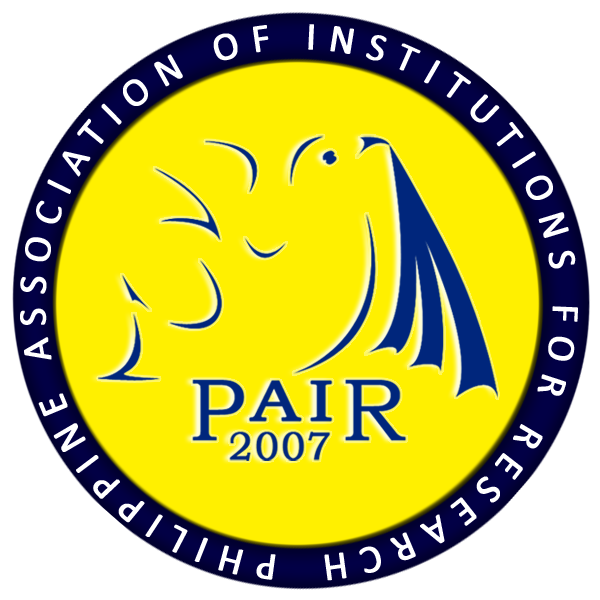Development of Diagnostic Test in Reading for Grade 7
DOI:
https://doi.org/10.7719/jpair.v53i1.857Keywords:
Language arts and reading, reading test development, mixed-method developmental research design, PhilippinesAbstract
Reading is unquestionably a crucial component of any educational system because it not only underlies it but also permeates its aspects. Therefore, reading should be appropriately assessed. This mixed-methods developmental study developed a test package for assessing the reading competency of Grade 7 learners. The researcher used a variety of scales for validation, attribute assessment, assessment adherence principles, and indicators of a good reading diagnostic test. Analysis methods included mean, weighted mean, difficulty-discrimination indices, and Cronbach's Alpha. It was revealed that the comprehension test has a strong reliability score for a classroom test (a=.700). In contrast, the vocabulary test has a somewhat low-reliability score (a=.600). The validity results indicated that the fluency test was extremely valid (4.535), while both vocabulary and comprehension tests were very valid (4.322, 4.486). It was described as very good (4.33), and the experts concurred that it adheres to the indicators of a good reading diagnostic test (fluency: 1.00; vocabulary: 0.97; and comprehension: 0.97). Generally, the reading diagnostic test is a valid and reliable instrument for assessing students' reading competence levels, particularly in terms of fluency, vocabulary, and comprehension, but further validation is required.
Downloads
References
Clay, B. (2011). Is This a Is Trick Question? A Short Guide to Writing Effective Test Questions.
Downloads
Published
Issue
Section
License
Copyright (c) 2023 Art V. Mangubat

This work is licensed under a Creative Commons Attribution-NonCommercial 4.0 International License.
Open Access. This article published by JPAIR Multidisciplinary Research is licensed under a Creative Commons Attribution-Noncommercial 4.0 International (CC BY-NC 4.0). You are free to share (copy and redistribute the material in any medium or format) and adapt (remix, transform, and build upon the material). Under the following terms, you must give appropriate credit, provide a link to the license, and indicate if changes were made. You may do so in any reasonable manner, but not in any way that suggests the licensor endorses you or your use. You may not use the material for commercial purposes.




















